Did you know that taking short outdoor brain breaks during the school day can help you learn better? When the school year is almost over and the sun starts shining more, it's easy to dream about summer vacation. So, let's talk about what brain breaks are and why they matter so much at the end of the year.
Brain breaks are a short time when you stop doing schoolwork and do something different, like taking a walk, playing a quick game, or just sitting quietly and thinking about something else. Brain breaks are especially helpful towards the end of the school year when everyone's excited about the nice weather, ready for summer break, or stressed about final exams.
According to research, our brains can't focus for prolonged periods of time. This is especially true the younger a student is. After about 20 minutes of focusing, our brains start to get tired and we can't learn as well (Scientific American). When we're close to the end of the school year, this can be an even bigger problem. But brain breaks can help our brains get ready to focus again.
The nice weather can help with brain breaks, too! Research shows that spending time outside in nature can make you feel happier and think better (Harvard Health Publishing). So, outdoor brain breaks like a short walk or game can give your mind some rest and help it work better at the same time. You can even incorporate curriculum in fun ways.
Here are a few more great examples for both younger and older students (and some for both!):
Elementary Brain Breaks
- Extra recess!
- Tag games
- Nature scavenger hunt
- Jump rope challenges
- Sidewalk chalk art
- Yoga
- Outdoor story time/quiet reading
Middle School/High School Brain Breaks
- Walking meditation
- Frisbee/ball games
- Gardening
- Outdoor sketching/journaling
- Bird/plant identification
- Yoga
- Mindfulness exercises
Remember, the goal of brain breaks is to give students a mental rest and help them refocus, so choose activities that are enjoyable and stress-free!
Brain breaks are also great for helping us deal with stress. At the end of the year, we might feel nervous about exams or sad about saying goodbye to friends for the summer. Group games during brain breaks can help us feel closer to our friends, and quiet thinking time can help us feel calmer (Edutopia).
As we finish up the school year and the weather turns warmer, remember how important brain breaks are. They can help us learn better, feel less stressed, and even enjoy school more, even when summer vacation is just around the corner. So, let's make the most of brain breaks. Remember, it isn't just relaxing—it's actually helping us learn!




